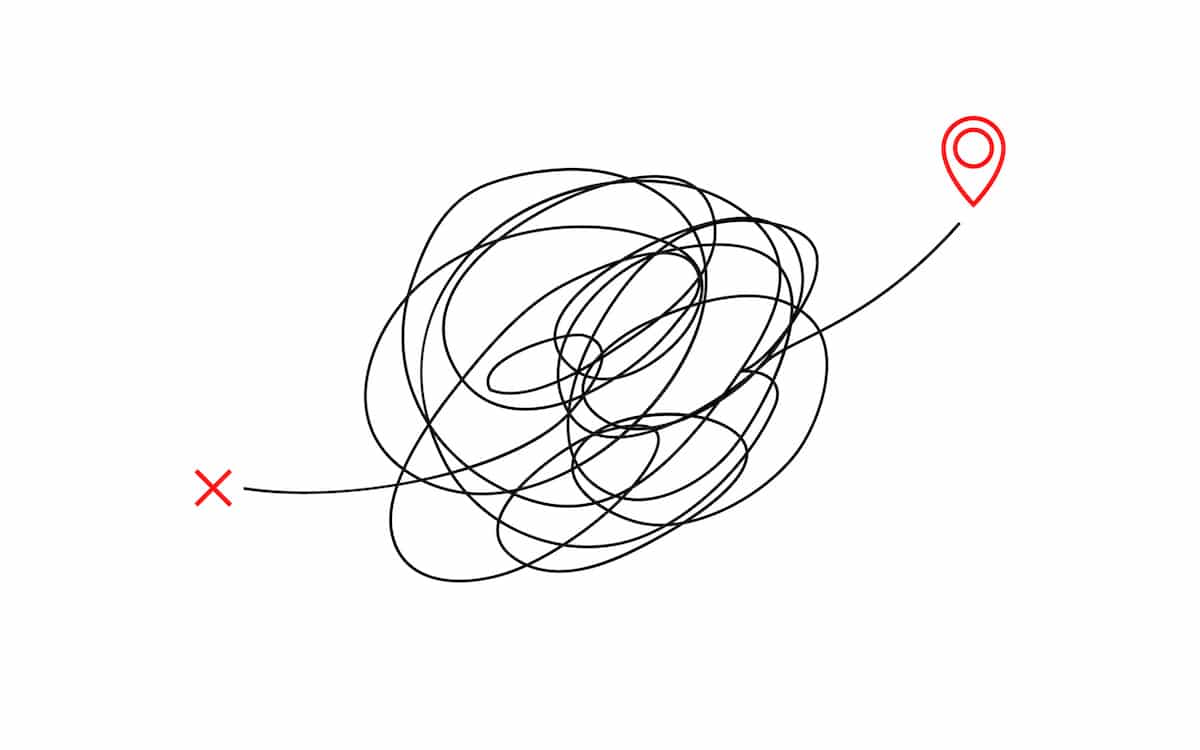Google’s ranking algorithm affects almost every aspect of our lives—the results that pop up when you search for new clothes, what articles you read and where you read them from, and even how well your job listings are placed on the internet. As a company, you want to find the best of the best talent for posted job descriptions. But, Google’s algorithm plays a large part in who sees your job descriptions.
You may be wondering how to play to the Google algorithm so that you get your job descriptions out to all the right people. The following article walks through 4 valuable tips on how to write job descriptions so that they are optimized for Google’s algorithm.
1. Use keywords and phrases that are relevant to the job.
Google selects search results based on how relevant the content on the page is to the user’s search query. If a person gets onto Google and searches, “EdTech product manager jobs,” Google knows not to show content for food scientist or statistics job descriptions. Rather, Google’s crawlers search through all of the content on Google and find listings for jobs with keywords related to EdTech project management.
To figure out the keywords to use and how to optimize them, utilize the following suggestions:
- Search for the job description and read over existing job postings for it. Let’s say you are posting about an EdTech product manager position. Type “EdTech product manager jobs” into Google and read through the first five search results (make sure to focus on the non-paid results that pop up, AKA the results that show up under the ad slots). Take note of the keywords these websites use in their job descriptions and incorporate similar ones into your posts.
- Utilize free keyword research and analysis tools. You do not have to pay for keyword research tools; Google Keyword Planner is a free tool you can use to get insight into what terms are being searched most frequently. Additionally, Google Trends provides insight into how popular search terms are and what times of the year they are most popular.
- Use keywords in titles. Google is more likely to rank your content if your keywords are utilized in titles and subheadings, and if they show up close to the top of your job description. Once you decide what keywords to utilize, make sure to write the text of your descriptions that your keywords are strategically incorporated into the most important parts of your posting.
- Go easy on the keywords. Even though you want to rank for specific keywords, be careful as to how much you use them. Google pays attention to what is called “keyword stuffing,” which means stuffing keywords into sentences for the sake of using the keywords a lot. This is bad SEO practice and should be avoided.
2. Write straightforward job titles.
As we have already described, keywords are essential to how high your job description ranks on Google. Additionally, incorporating those keywords into your job title is crucial to success; however, many companies tend to overcomplicate job titles. Doing so will inadvertently reduce your rankings and traffic to your job positions. Choose a job title that best describes the job without overcomplicating what the job entails.
Your job titles should include the following:
- Provide as much specificity as possible, including location.
- Include information about whether the position is full-time, part-time, or remote.
- Include the keywords you are hoping to rank for. For example, if you are hiring a field sales team, include “field” in your job title.
3. Make your job description as readable as possible.
We’ve all read job descriptions with lengthy paragraphs describing all the intricacies of the role. Whether you realize it or not, writing job descriptions in this way not only turn candidates away from applying for your jobs but also drops the ranking of your job description on Google.
Why you might ask? Because Google recognizes that people do not want to read through five long paragraphs to digest what your job is about. They want a few bullet points and brief paragraphs describing exactly what the job is about and the necessary qualifications for the role.
Utilize a specific format for your job descriptions, with clear headers. Begin with an H1, or header one, providing the specific job title. Then use H2s, or secondary headers, to break down the specific components of the job. Utilize as many bulleted lists as possible, and shorten sentences and paragraphs where possible.
4. Share your job postings.
Lastly, the more your content is shared on the internet, the more likely Google is to rank it higher for keyword queries. Post the link to your job description on your social media pages such as LinkedIn, Facebook, Instagram, and Twitter. Additionally, have your employees share your job descriptions on LinkedIn and other platforms; doing so will prove to Google that your job posting is relevant and will push it higher into the Google algorithm.
Following these 4 steps will help your job descriptions to rank higher on Google, getting your job out to more and more people, and landing your company the most qualified candidates for the job.
How can you ensure you have the hiring process, specialized tools, and optimized job descriptions that quickly engage and secure qualified candidates?
The Renaissance Network (TRN) matches an unrivaled Education and Technology expertise with a vast candidate network, an experienced in-house research team, powerful customized marketing, multiple sources of tailored quantitative feedback, and a proven, client-focused process.
Feel free to click here to contact us and find out why TRN is considered the Education Talent Expert.



